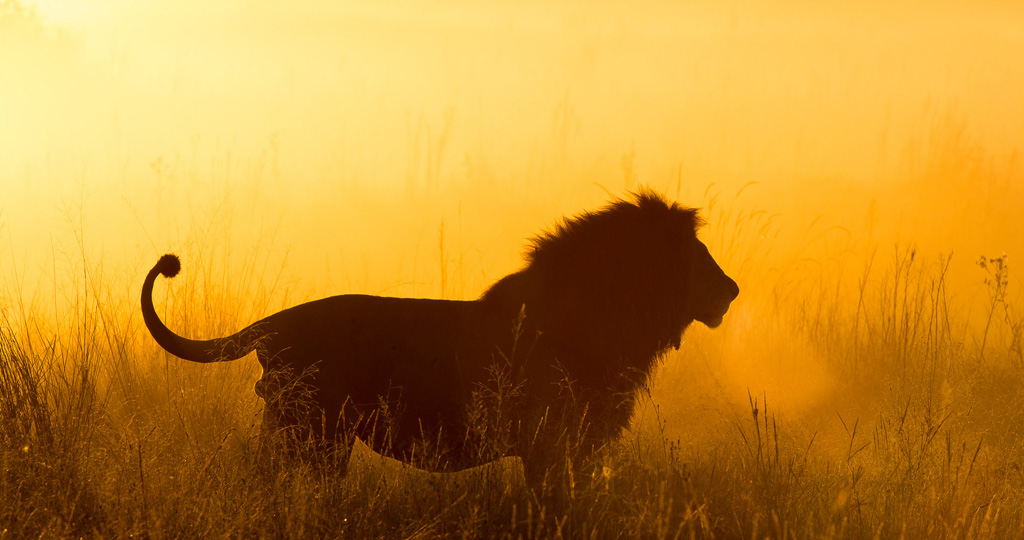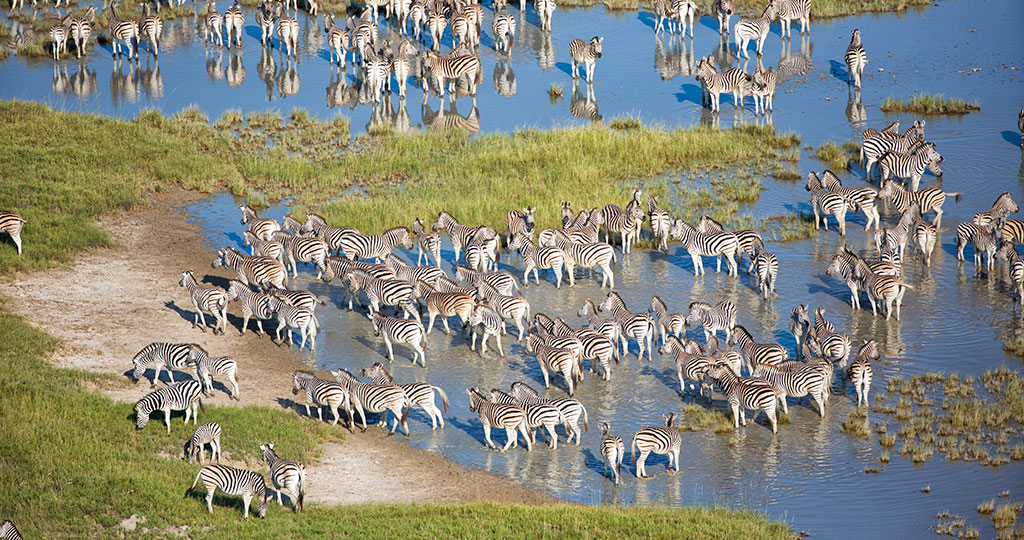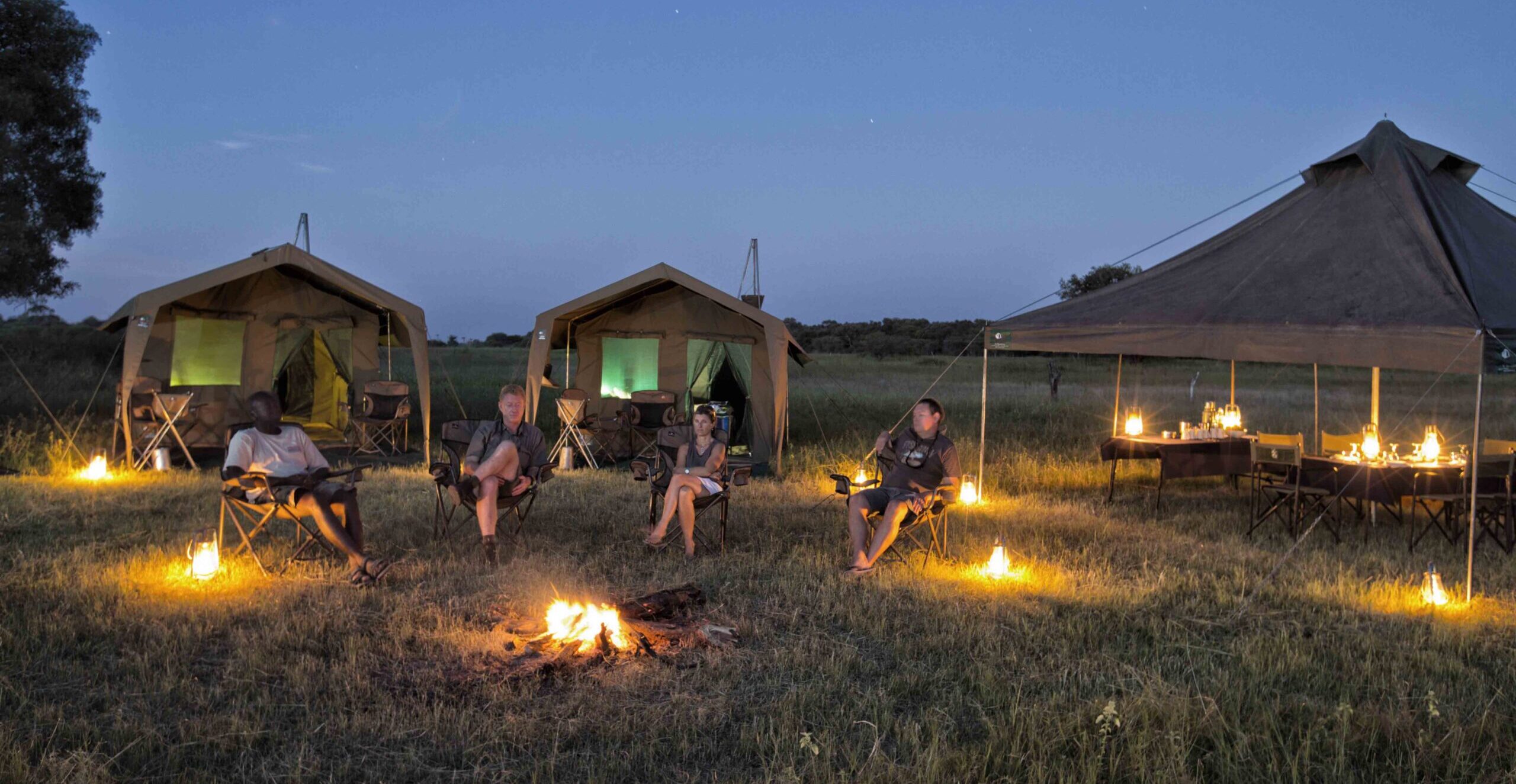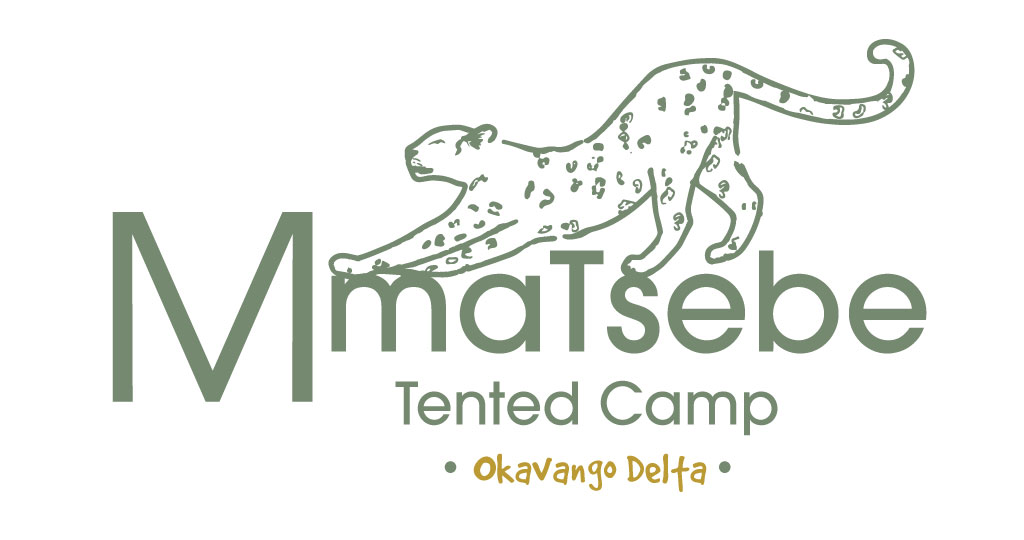The Oryx Gazelle, also called “Gemsbok”, is one of the Kalahari Desert icons.
Often considered an antelope although it is part of the family of hippotragines, it takes its name from the Latin “oryx” and from the ancient Greek “órux” meaning gazelle.
Class: Placental mammal / Order: Artiodactyle ruminant / Family: Hippotraginated Bovid / Genus: Oryx / Species: Gazella / Latin name: Oryx Gazella
Figures and characteristics of the Gemsbok
Size: 160 to 210 cm
Height at the withers (ridge between the shoulder blades): 110 – 125 cm
Weight: 120 – 190 kg for females, 180 – 240 kg for males
Top speed: 70 – 80 km/hour
Length of the horns: 85 -100 cm
Territory: 50 km² for males and up to 1,000 km² for females
Sexual maturity: 1 – 2 years
Gestation: 9 – 10 months
Number of calfs per litter: 1 calf with a red coat, weighing 9 – 15 kg at birth and weaned after 3 months
Life expectancy: 15 – 20 years in the wild

Oryx and its young calf – Kalagadi Transfrontier Park (Botswana)
Iconic animal of the Kalahari Plains, slender and elegant, adorned with an icy brown coat decorated with a black line on the under belly and a two-color mask on the face. The oryx has great beauty and physiology and is particularly suited for living in arid environments.
Its long, straight, ringed horns, arranged in a V on the top of the skull, are present on both females and males.
The oryx gazelle can live in arid and semi-desert savannahs, rocky areas and sand dunes.
It is a ruminant and eats herbs, grasses, tubers, deep waterlogged roots and fruits like tsama melons.
The species is able to do without water for several months surviving on the water present in its food. His urine is extremely concentrated and his droppings very dry.
The oryx gazelle is social and gregarious, living in a herd of several dozen individuals, composed only of females and young. Males live independently of the group or sometimes in pairs.

Oryx herd at the waterhole – Kgalagadi Transfrontier Park (Botswana)
Male gazelle oryx are relatively sedentary and territorial while females are more nomadic. During the reproductive period heavy fighting may occur between dominant males. Males may attempt to mate year-round with females crossing into their territory. The oryx are polygamous.
The oryx is mostly active at dawn and dusk, when temperatures are coolest. In the hot hours of the day, it protects itself from the Kalahari sun in the shade of thick trees and bushes.
Lion and the hyena are its main predators, the young can be prey of leopards, wild dogs and cheetahs.
When encountering its predators, the oryx generally chooses to flee, but sometimes will choose to defend itself by leaping forward with its 2 horns horizontally to pierce its opponent.
The gazelle oryx is the only “antelope” capable of killing a lion with its horns.
Present throughout Southern Africa, its population is stable and the oryx is not endangered. It was formerly endangered due to excessive hunting however the establishment of large parks and protection zones have helped to preserve their population.
Did you know?
The Oryx Gazelle is able to tolerate an increase in its body temperature up to 45°C, only its brain does not exceed 42°C, thanks to ventilation through the nose which thus refreshes the blood vessels cooling its brain.
There are also 3 other subspecies of Oryx:
- Oryx Dammah – Scimitar-horned Oryx or Libyan Oryx, which has disappeared in the wild.
- Oryx Beisa – East African Oryx, considered a subspecies of Oryx Gazella.
- Oryx Leucoryx – Arabian Oryx or White Oryx present in the Arabian Peninsula and the only representative living outside Africa.







